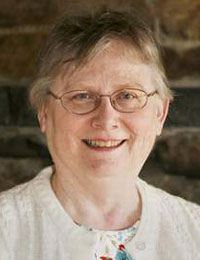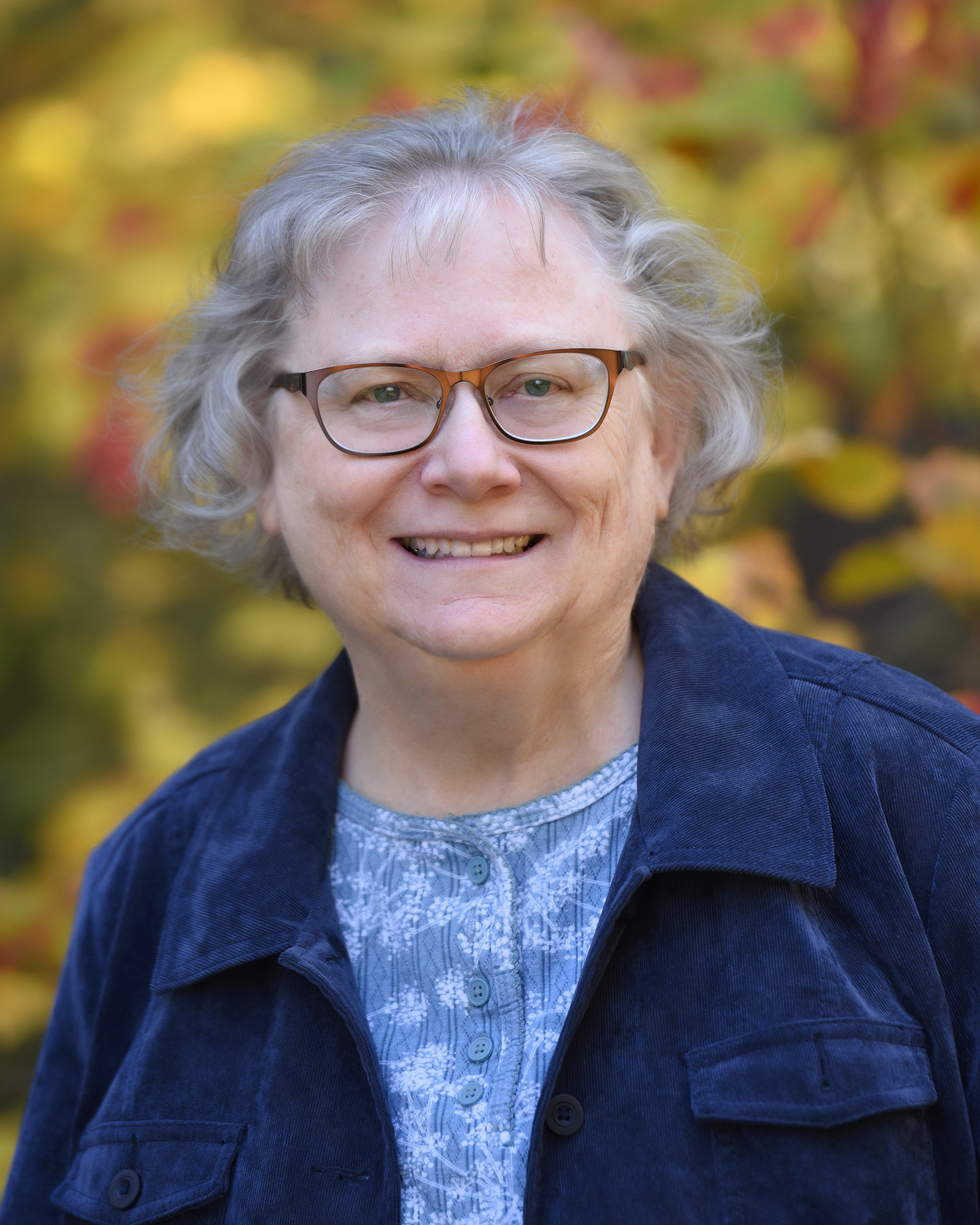 Before getting too far into a new Early New England Families Study Project sketch, I do some preliminary investigation. For example, if the family has already been treated in a sourced and reliable publication – such as a recent article in the Register – then there is no need to duplicate it. Also, if the couple did not have children, or did not have surviving children, then they fall outside the parameters of the project.
Before getting too far into a new Early New England Families Study Project sketch, I do some preliminary investigation. For example, if the family has already been treated in a sourced and reliable publication – such as a recent article in the Register – then there is no need to duplicate it. Also, if the couple did not have children, or did not have surviving children, then they fall outside the parameters of the project.
Other considerations include whether or not there are accessible (to me) records, and whether there are any major complications, such as identifying spouses and children, that warrant deeper investigation. With 30,000 marriages to be done, priority has to go to those with the best possible chance of getting published in my lifetime.
In the case of Guydo/Guido Bailey, of whom I had never heard, I soon found that a little treatment of his family was done by Mrs. John E. Barclay, F.A.S.G., in The American Genealogist (33 [1957]: 137–41). Her article is titled “The Randall-Leonard-Bayley Relationship,” and addresses the claim that Samuel3 Randall of Weymouth married Mary, daughter of Guido Bailey. Mrs. Barclay showed that Guido Bailey’s daughter Mary was still a single woman long after Samuel Randall was married to his wife, Mary, but she suggests that Randall’s wife could have been a step-daughter of Guido Bayley, whose second wife was Ruth (—) (Gurney) Bundy.
Since Mary Gurney would not have been one of Guido’s children, and she will eventually be discussed in the Great Migration sketch for her father, John Gurney, ... I can gratefully state that this is “not my problem.”
Ruth had a daughter Mary Gurney by her first marriage, but Mrs. Barclay had not found proof for her hypothesis that she was the wife of Samuel Randall. Since Mary Gurney would not have been one of Guido’s children, and she will eventually be discussed in the Great Migration sketch for her father, John Gurney (who arrived in 1636) – not to mention that her mother’s second marriage has already been published in GM2, 1: 480–83, under John Bundy – I can gratefully state that this is “not my problem.”
What about the descendant angle? Guido Bayley did have five children by his first wife (who Mrs. Barclay says is unidentified although Torrey says his first wife was “Elizabeth ___ [?Marston]” – a complication to be straightened out), but three of those children, two boys and a girl, died unmarried. The other two girls did marry: Ruth to Ebenezer Hill and Elizabeth to James Harris, and it can be argued that Guido will have his chance to be discussed in his daughter’s sketches.
Then there is the consideration of available records. Mrs. Barclay mentions that the records for the Guido Bayley family are “most unsatisfactory.” Poor Guido died impoverished.
So, does Guido Bayley qualify for an Early New England Families Study sketch?
Yes. I have already spent more than four hours figuring out this much about his family, since there is no consolidated account in print for him, his wives, and children. In too deep now to back out now.
Besides, who can resist a guy named Guido?
Share this:

About Alicia Crane Williams
Alicia Crane Williams, FASG, Lead Genealogist of Early Families of New England Study Project, has compiled and edited numerous important genealogical publications including The Mayflower Descendant and the Alden Family “Silver Book” Five Generations project of the Mayflower Society. Most recently, she is the author of the 2017 edition of The Babson Genealogy, 1606-2017, Descendants of Thomas and Isabel Babson who first arrived in Salem, Massachusetts, in 1637. Alicia has served as Historian of the Massachusetts Society of Mayflower Descendants, Assistant Historian General at the General Society of Mayflower Descendants, and as Genealogist of the Alden Kindred of America. She earned a bachelor’s degree from the University of Connecticut and a master’s degree in History from Northeastern University.View all posts by Alicia Crane Williams →